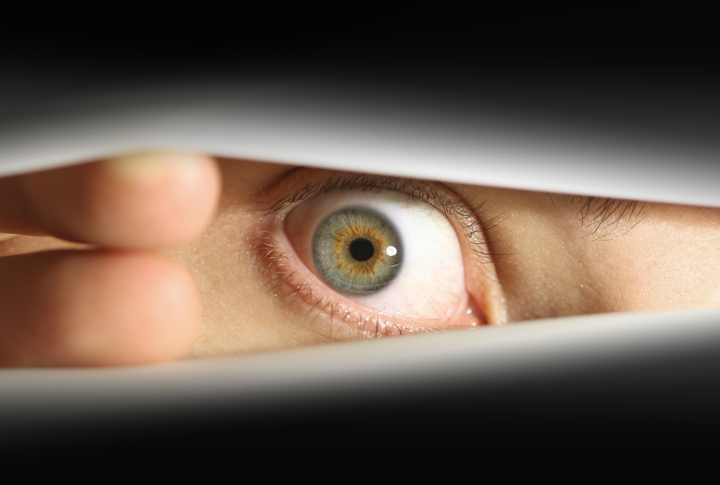Paranoia: What causes paranoia and how does it manifest itself?

Paranoia is a disorder that can exist as a separate entity, but also as part of another psychiatric disorder. The person manifests with traits such as exaggerated jealousy, assertion of one's ego, exaggerated concern for one's person, stigma, and feeling threatened. He or she establishes unverified conspiracy theories, but may also have an exaggerated sense of neediness and importance to others and the world.
People can be paranoid by nature. It's called paranoid personality disorder. Some people develop paranoia as a result of an illness.
The term paranoia, translated as "outside oneself," was used in ancient Greek times to refer to states of insanity and dementia.
In this case, it is also a symptom of an illness. Most often a mental and psychiatric disorder. This condition definitely needs to be addressed, although treatment is very difficult and, above all, permanent.
People suffering from paranoid personality disorder may manifest as:
- distrustful
- jealous
- see their surroundings as the enemy
- have suspicious ideas
- are relational
- aggressive
- fear that those around them only want to hurt them
- they emphasize their own ego
- they distort reality
- sometimes feel they have superhuman abilities and powers, or feel they have an important role to play

Young people are typically distrustful of their parents and refuse to communicate with them. If paranoia is part of the symptoms of another illness, it may manifest itself in slightly different ways.
For example, by delusions or hallucinations, but the principle is similar.
Paranoid states are considered as a separate entity among disorders, but also as part of schizophrenia or affective disorder.
Bipolar affective disorder and paranoia
People are more familiar with this disorder under the older name manic-depressive syndrome or psychosis.
Paranoia and paranoid behaviour is often seen in people suffering from manic-depressive psychosis. It is a psychiatric disorder in which there are periodic changes in mood, vitality and general functioning of the body.

The illness is manifested mainly by mood disorders, personality changes, depression, behavioural changes, and sometimes euphoric mood and behaviour. It is also sometimes accompanied by various delusions, hallucinations, and exhaustion.
The changes in people with manic-depressive psychosis occur in cycles. There are usually four cycles. There is a hypomanic form, a manic form, a depressive form and a mixed form.
Less than one percent of people suffer from the illness. Heredity plays a role. The illness is most often treated with medication and lifestyle changes. Of course, treatment should be entrusted to professionals.
Schizophrenia and paranoia
Paranoid states are also a part of schizophrenia. It is also a serious psychiatric disorder characterized by a breakdown of personality, especially in the emotional part of the human psyche.

As symptoms are most often visible changes in behavior, disturbances of emotions and feelings, inability to think rationally. A person may suffer from delusions or hallucinations. Personality changes, mood and behavior disorders are frequent. Sometimes depression or aggression occur.
Schizophrenia most often appears in early adulthood. Genetic predispositions have a major influence on the development of the disorder. But sometimes it can be an acquired form, in which external environmental influences have played a part.
Antipsychotic drugs are mainly used to treat the illness. They have a positive impact on the patients' thought processes.
Other causes
Sometimes paranoia is part of the symptoms of certain diseases of the nervous system. An example is Alzheimer's disease. Particularly in its advanced stages, hallucinations and delusions also occur.
Alcoholism can be another cause. In this case, paranoia occurs as a result of long-term damage to the brain and its functions caused by alcohol. It can also occur in the predelirious stage. Drugs and their long-term abuse can also have the same effect. For example, stimulants such as methamphetamine and hallucinogens, marijuana and LSD.
Diseases with symptom "Paranoid"










